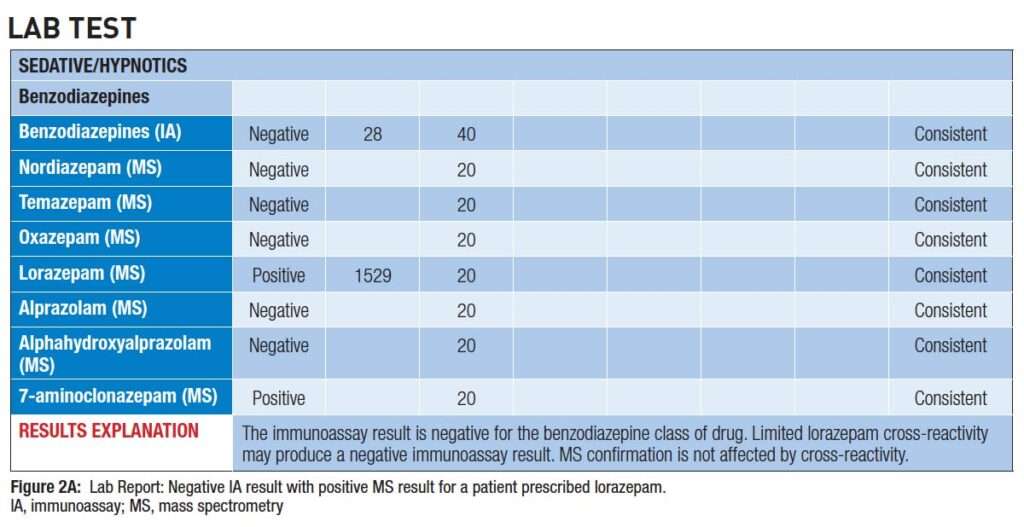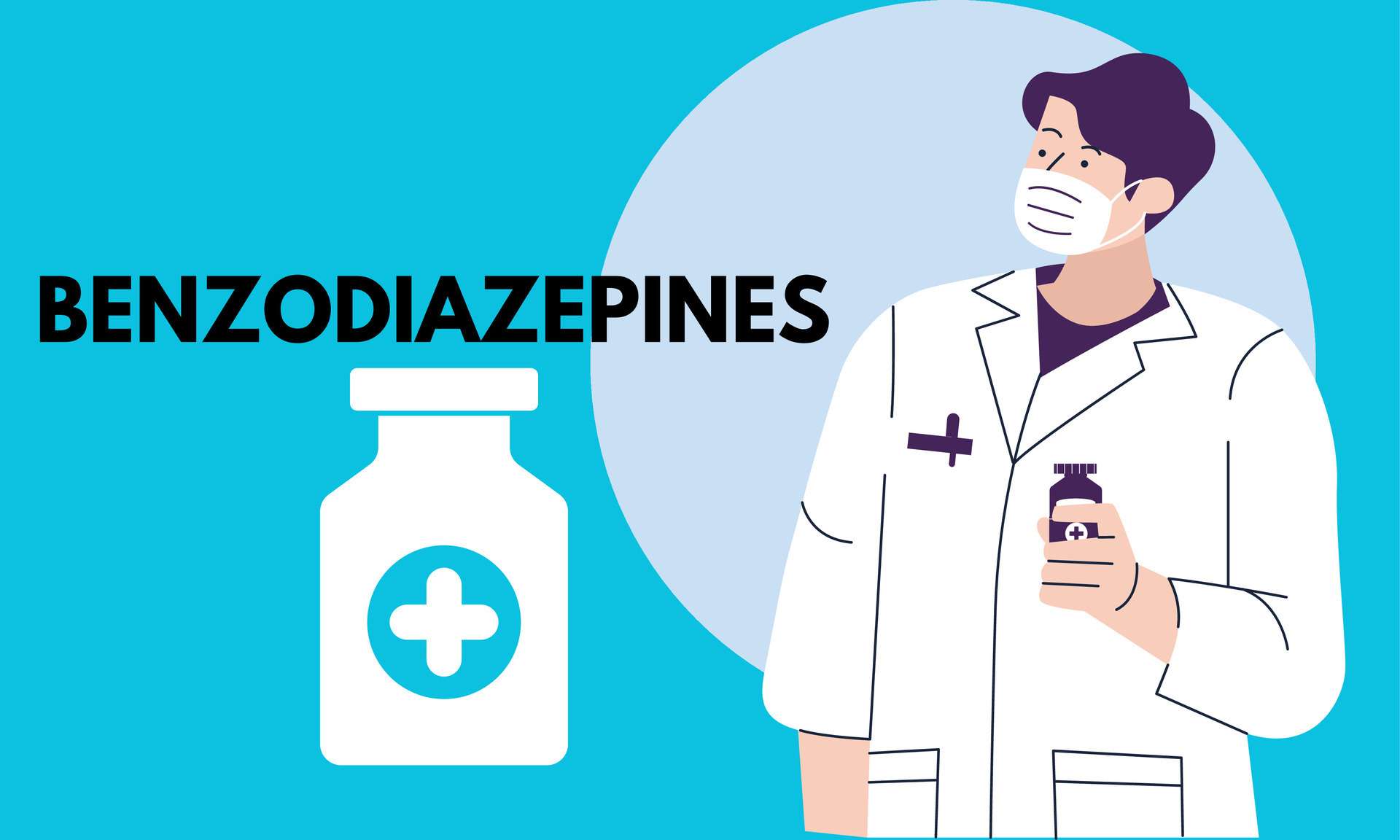What Are Benzodiazepines?
Anti-anxiety drugs non benzodiazepines, frequently referred to as “benzos,” belong to the class of drugs known as
tranquilizers. Xanax and Valium are two well-known brands.
These medications reduce anxiety by slowing down the central nervous system, sedating you, and relaxing your
muscles.
These are some of the most often prescribed drugs in the United States, and they are
frequently used to treat anxiety or sleeplessness. However, if you take them frequently or
utilize them for an extended period of time, they may become addicted.
Because benzodiazepines interfere with the systems that ordinarily enable a person to fend
off sexual violence or attack, they are occasionally used as “date rape” medications.
The medication can have a strong taste and is typically added in liquid or powder form to
alcoholic beverages or even soft drinks.
What are other names for benzos?
They may go by names like Xanax, Librium, Ativan, Xanax, Mexican, roach, heavenly blues,
stupefy, anxiety pills, date rape drugs, xannies, vallies, roofies, tranks, downers, goofballs,
and valo.
Are Benzodiazepines Legal?
Since benzodiazepines are a regulated substance, obtaining them without a prescription from
a doctor is prohibited. In the United States, benzodiazepines that are produced legally are
categorized as schedule IV medications.
Schedule I drugs include synthetic benzodiazepines, also referred to as “street,” “designer,” or
“novel” benzos.
This indicates that people find them to be quite addicting. These illegal
laboratories produce and market these medicines for recreational use.
Can benzodiazepine show up on a drug test?
Most benzodiazepines or their metabolites (substances your body produces when the
medications break down) can be found in a drug test. However, some categories are not
always evident. Nor can the majority of tests determine the exact amount of the substance.
List of Benzodiazepine:
Typically, they are categorized based on how long their effects persist:
Extremely brief acting: triazolam (Halcion), midazolam (Nayzilam, Seizalam)
Short-acting: temazepam (Restoril), lorazepam (Ativan, Loreev), and alprazolam
(Xanax).
Long acting: diazepam (Valium), clonazepam (Klonopin), and chlordiazepoxide
(formerly marketed as Librium).
Some commonly prescribed benzodiazepines include:
Clobazam (Onfi, Sympazan)
Clorazepate (Tranxene)
Estazolam Flurazepam
Oxazepam
Quazepam (Doral)
Remimazolam (Byfavo)
Flunitrazepam, also known as Rohypnol, is one kind of benzodiazepine that is produced
lawfully in other nations but prohibited in the United States. Popularly referred to as
“Roofies,” it’s a date rape substance.
Among the manufactured (illegal) benzodiazepines are:
Clonazolam
Diclazepam
Etizolam
Flualprazolam
Lubromazolam.
What are Benzodiazepines Used for?

Doctors may prescribe benzodiazepines for these reasons:
Sleeplessness Anxiety
Abstinence from alcohol
Control of seizures
Relaxing muscles
creating amnesia for painful medical operations
administered prior to anesthesia (e.g., before to surgery)
How are benzos used?
Because benzodiazepines improve mood, they are used recreationally. Usually, the pills are
taken orally. However, some people smash them and use the medication in a snort, injection,
or smoking.
Opioid users occasionally use heroin and other drugs to increase their euphoric experiences.
Additionally, some use them in an attempt to lessen the withdrawal symptoms from
stimulants like cocaine.
It’s very dangerous to combine benzos with other medications,
especially “downers” like opioids.
Benzodiazepine dependence:
Benzodiazepines have the potential to cause psychological and physical dependence. When
you abruptly stop taking the medicines, you may have withdrawal symptoms and even
seizures if you become dependent on them.

Very few persons who take regular dosages for
brief periods of time will develop benzodiazepine dependence.
Benzodiazepine addiction:
Overdosing and running out of prescribed drugs, obsessing over when to take the next one,
and feeling dependent on the drug could all be indicators that you are developing a
benzodiazepine use disorder.
It can be challenging to identify chronic misuse or reliance in other people. These could
involve behavioral and physical adjustments that have an impact on relationships and
productivity at work.
You may observe abrupt mood swings in kids or a drop in them
academic performance. Benzodiazepine abuse that is prolonged or chronic can cause the
following symptoms:
Insomnia
Appetite loss (anorexia)
Headaches
Weakness
Anxiety
Benzodiazepine Effects:
Benzodiazepines are useful in treating anxiety and sleeplessness when used as prescribed.
Most people are able to put up with them.
Additional impacts could be:
Calmness
Euphoria
Stress relief
Drowsiness
D dizziness
Relaxation
Benzodiazepine Side Effects:
When using these medications in greater dosages, there is a chance that you will have
occasionally major adverse effects.
The adverse effects of benzodiazepines include:
Weakness
Slurred speech
Lack of coordination
Sadness, feelings of isolation, or thoughts of suicide
Headache
Dry mouth
Blurry vision or double vision
Shaking
Nausea and appetite loss
Constipation or diarrhea
“Flattened” mood
Alcohol and benzodiazepines:
Given that both benzodiazepines and alcohol have sedative properties, mixing the two
medicines can be hazardous. Combining them increases the chance of overdosing and
increases the likelihood of experiencing adverse consequences such as:
Drowsiness
Dizziness
Problems thinking and concentrating
Poor judgment
Benzodiazepines Withdrawal:
Even if you’ve been using benzodiazepines as directed by a doctor, withdrawal symptoms
may occur if you abruptly cut back on your dosage or stop taking them.
Your chance of this increases with the length of time you’ve been taking the medication.
Withdrawal symptoms may include:
Anxiety
Depression
Dizziness or unsteadiness
Stomach cramps
Head, face, neck, eye, or tongue pain
A bad taste in your mouth
Ringing in your ears
Benzodiazepine Addiction Treatment:
The best way to treat benzodiazepine use disorder is to gradually cut back on your dosage
while being closely monitored by a healthcare provider.
This lessens the chance of seizures and other withdrawal symptoms. With the assistance of your physician, you can complete this
at home or in a hospital or treatment center. The process of tapering off could take up to ten weeks.
To avoid relapsing after stopping benzo use, you’ll require the help of your friends, family,
and, if feasible, a mental health professional.
You might require assistance in this second,
more challenging phase in order to obtain accommodation and a job.

 Anti Depression
Anti Depression Steroids
Steroids stimulants
stimulants